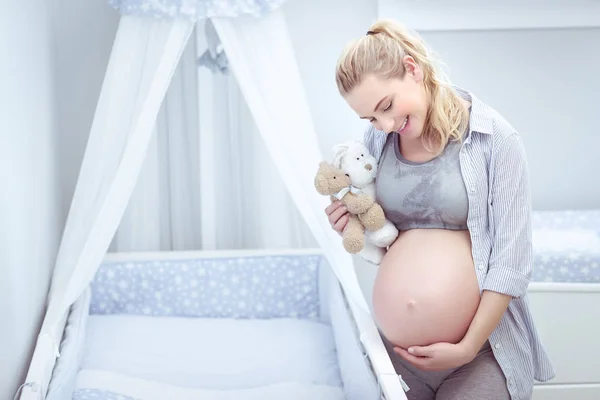When it comes to preparing for a new baby, one of the most important decisions you’ll make is choosing a crib. This essential piece of furniture will be your little one’s sleep sanctuary, so ensuring it’s safe, functional, and comfortable is paramount. With so many options on the market, it can be overwhelming to know what to look for. Here’s a guide to crib safety and some key features to consider when selecting the perfect crib for your baby.
1. Safety Standards and Certifications
The first and foremost consideration should be safety. In the United States, the Consumer Product Safety Commission (CPSC) sets stringent safety standards for cribs. Look for cribs that comply with these regulations and have certifications from recognized organizations, such as the Juvenile Products Manufacturers Association (JPMA). This ensures that the crib has undergone rigorous testing and meets high safety standards.
2. Crib Design
Slat Spacing: The slats on the crib should be no more than 2 3/8 inches apart. This spacing prevents the risk of your baby getting stuck or slipping through.
Fixed Sides: Opt for a crib with fixed sides rather than drop-side models, which have been banned due to safety concerns. Fixed sides provide better stability and eliminate the risk of the side collapsing unexpectedly.
Sturdy Construction: A well-constructed crib will be made from durable materials, such as solid wood or high-quality MDF (medium-density fiberboard). Avoid cribs made from flimsy materials that may not withstand regular use.
3. Adjustable Mattress Height
Look for a crib with an adjustable mattress height feature. This allows you to lower the mattress as your baby grows and becomes more mobile, preventing them from climbing out. Most cribs have at least two or three height settings, making it easier to find the right position for your little one.
4. Mattress Fit
The mattress should fit snugly within the crib frame with no gaps larger than two fingers. A proper fit prevents the risk of your baby getting trapped between the mattress and crib sides. When selecting a crib, check that the mattress you plan to use is specifically designed for that crib model.
5. No Sharp Edges or Hardware
Inspect the crib for any sharp edges, splinters, or protruding hardware that could pose a risk to your baby. Smooth finishes and rounded corners are ideal for ensuring your little one can safely explore their crib without injury.
6. Non-Toxic Finishes
Babies spend a lot of time in their cribs, so it’s crucial to ensure that the materials used are non-toxic. Look for cribs that are painted with lead-free and phthalate-free finishes. Many manufacturers now provide information on the materials and finishes used, so don’t hesitate to ask questions if you’re unsure.
7. Ease of Assembly and Stability
Choose a crib that is easy to assemble and features a stable design. A sturdy crib won’t wobble or shake, providing a safe sleeping environment for your baby. Read reviews or ask other parents about their experiences with the assembly process and the stability of the crib over time.
8. Longevity and Versatility
Many parents prefer convertible cribs that can transition from a crib to a toddler bed or even a full-size bed. This versatility can save money in the long run and allows the crib to grow with your child. Ensure that the crib you choose is designed for these transformations and that conversion kits are readily available if needed.
9. Parent Reviews and Recommendations
Before making a purchase, take the time to read reviews from other parents. They can provide valuable insights into the real-world safety and functionality of a crib. Look for feedback on assembly, durability, and how the crib holds up over time. Recommendations from friends or family can also be incredibly helpful.
Choosing a crib is an important decision that requires careful consideration of safety, functionality, and comfort. By focusing on the safety standards, construction quality, and practical features mentioned above, you can make an informed choice that will ensure a safe sleeping environment for your baby.
Remember that your baby’s safety is the top priority, so don’t rush the decision. Take your time to research and select a crib that not only meets safety guidelines but also fits your family’s needs and style. After all, a good crib will not only keep your little one safe but will also be a cherished part of your parenting journey for years to come.

